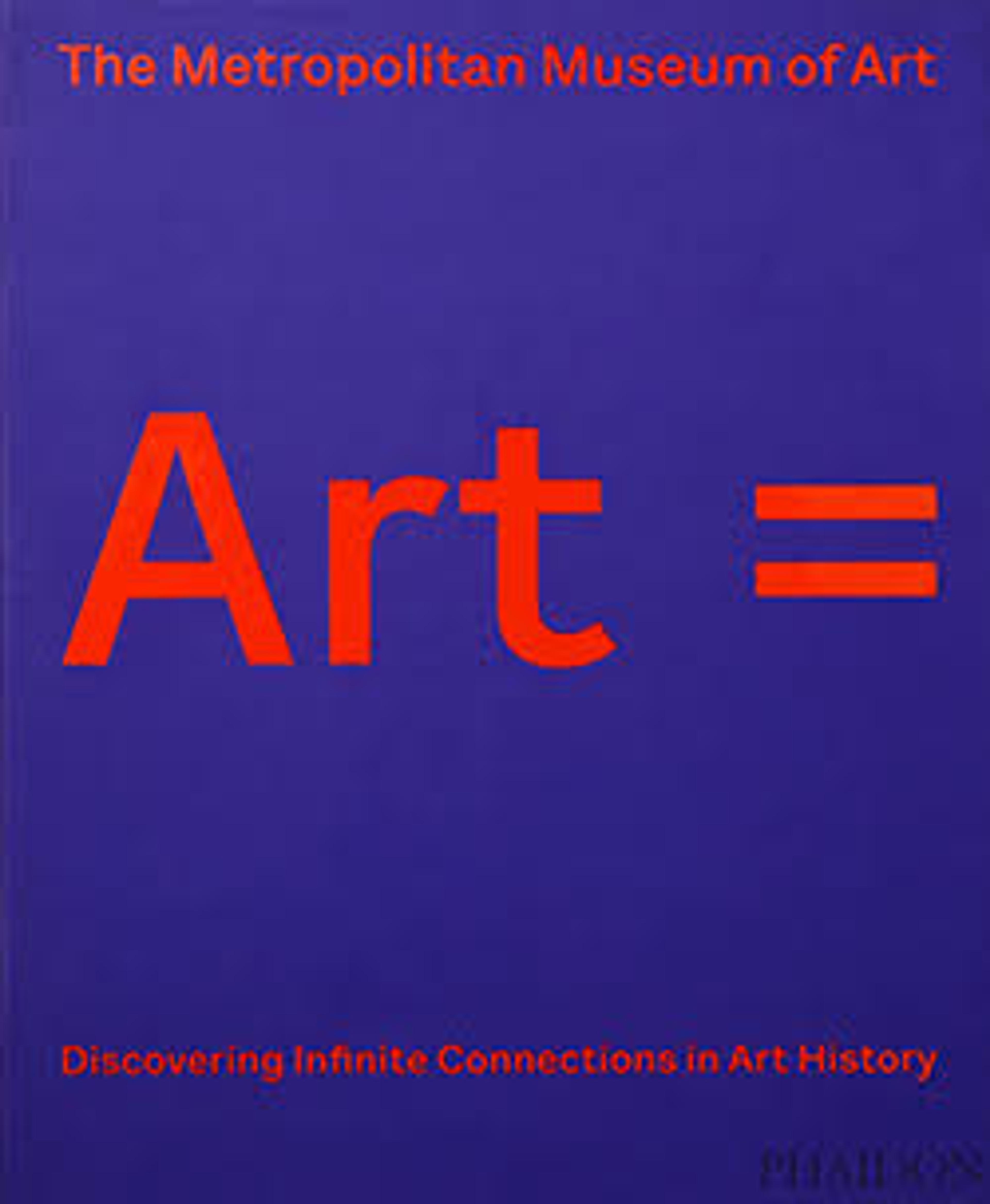The Four Horsemen, from "The Apocalypse"
The third and most famous woodcut from Dürer's series of illustrations for The Apocalypse, the Four Horsemen presents a dramatically distilled version of the passage from the Book of Revelation (6:1–8): "And I saw, and behold, a white horse, and its rider had a bow; and a crown was given to him, and he went out conquering and to conquer. When he opened the second seal, I heard the second living creature say, 'Come!' And out came another horse, bright red; its rider was permitted to take peace from the earth, so that men should slay one another; and he was given a great sword. When he opened the third seal, I heard the third living creature say, 'Come!' And I saw, and behold, a black horse, and its rider had a balance in his hand; ... When he opened the fourth seal, I heard the voice of the fourth living creature say, 'Come!' And I saw, and behold, a pale horse, and its rider's name was Death, and Hades followed him; and they were given great power over a fourth of the earth; to kill with sword and with famine and with pestilence and by wild beasts of the earth." Transforming what was a relatively staid and unthreatening image in earlier illustrated Bibles, Dürer injects motion and danger into this climactic moment through his subtle manipulation of the woodcut. The parallel lines across the image establish a basic middle tone against which the artist silhouettes and overlaps the powerful forms of the four horses and riders—from left to right, Death, Famine, War, and Plague (or Pestilence). Their volume and strong diagonal motion enhance the impact of the image, offering an eloquent demonstration of the masterful visual effects Dürer was able to create in this medium.
Artwork Details
- Title: The Four Horsemen, from "The Apocalypse"
- Series/Portfolio: The Apocalypse
- Artist: Albrecht Dürer (German, Nuremberg 1471–1528 Nuremberg)
- Date: 1498
- Medium: Woodcut
- Dimensions: Sheet: 15 1/4 x 11 7/16 in. (38.8 x 29.1 cm)
Image: 15 1/4 x 11 in. (38.7 x 27.9 cm) - Classification: Prints
- Credit Line: Gift of Junius Spencer Morgan, 1919
- Object Number: 19.73.209
- Curatorial Department: Drawings and Prints
More Artwork
Research Resources
The Met provides unparalleled resources for research and welcomes an international community of students and scholars. The Met's Open Access API is where creators and researchers can connect to the The Met collection. Open Access data and public domain images are available for unrestricted commercial and noncommercial use without permission or fee.
To request images under copyright and other restrictions, please use this Image Request form.
Feedback
We continue to research and examine historical and cultural context for objects in The Met collection. If you have comments or questions about this object record, please contact us using the form below. The Museum looks forward to receiving your comments.
